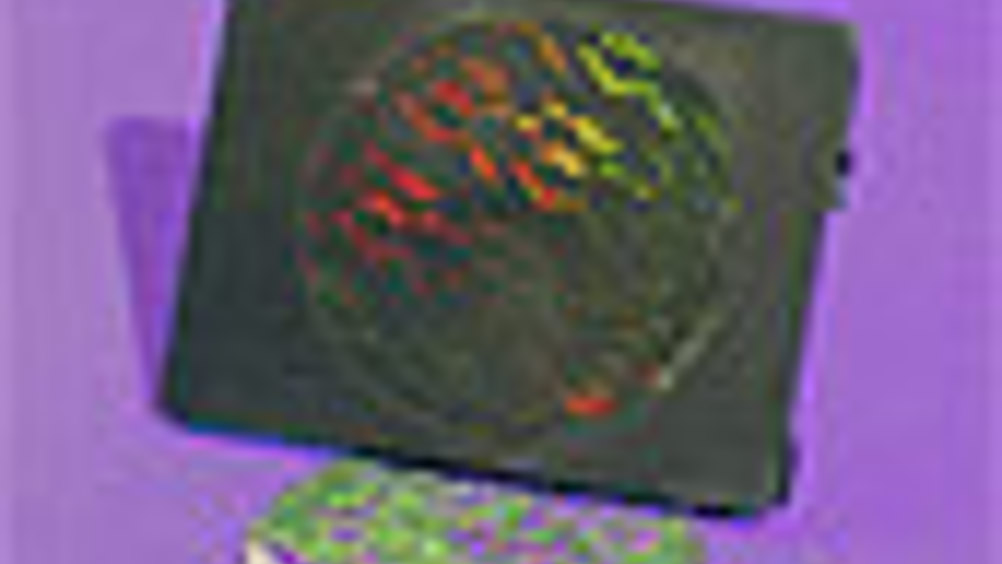Joined-up thinking
The principle behind Velcro inspired development of an injection moulding tool to create a surface allowing plastic car parts to bond. Siobhan Wagner reports

Plastic car parts could one day be joined like Velcro with a new injection moulding process under development at Warwick University.
Gordon Smith, the lead researcher of the project at
, said the technique could create external components such as bumpers and wing mirrors coated with a surface of nano metre-sized hooks and eyes that could be bonded.
The process requires a new kind of micro-machined injection moulding tool that would emboss microscopic indentations on to a plastic surface. To determine whether the idea could work on a high volume production scale Smith was recently awarded more than £60,000 by the
.
The project follows up on Smith and his colleagues' previous work, which demonstrated how to create holograms on the surface of polymer parts by moulding plastic on to a specially engineered nickel shell. The group is currently seeking a patent for a more robust steel version of the mould.
'We were able to show that microscale and even nanoscale indentations were picked up and reproduced by the plastic surface,' he said. 'The idea was then born that if you could somehow engineer those surfaces to have the same sort of hooks and eyes as Velcro, it would be an ideal way of bonding surfaces together or peeling them apart at the point of recycling or disposal.'
Register now to continue reading
Thanks for visiting The Engineer. You’ve now reached your monthly limit of news stories. Register for free to unlock unlimited access to all of our news coverage, as well as premium content including opinion, in-depth features and special reports.
Benefits of registering
-
In-depth insights and coverage of key emerging trends
-
Unrestricted access to special reports throughout the year
-
Daily technology news delivered straight to your inbox










Water Sector Talent Exodus Could Cripple The Sector
Maybe if things are essential for the running of a country and we want to pay a fair price we should be running these utilities on a not for profit...